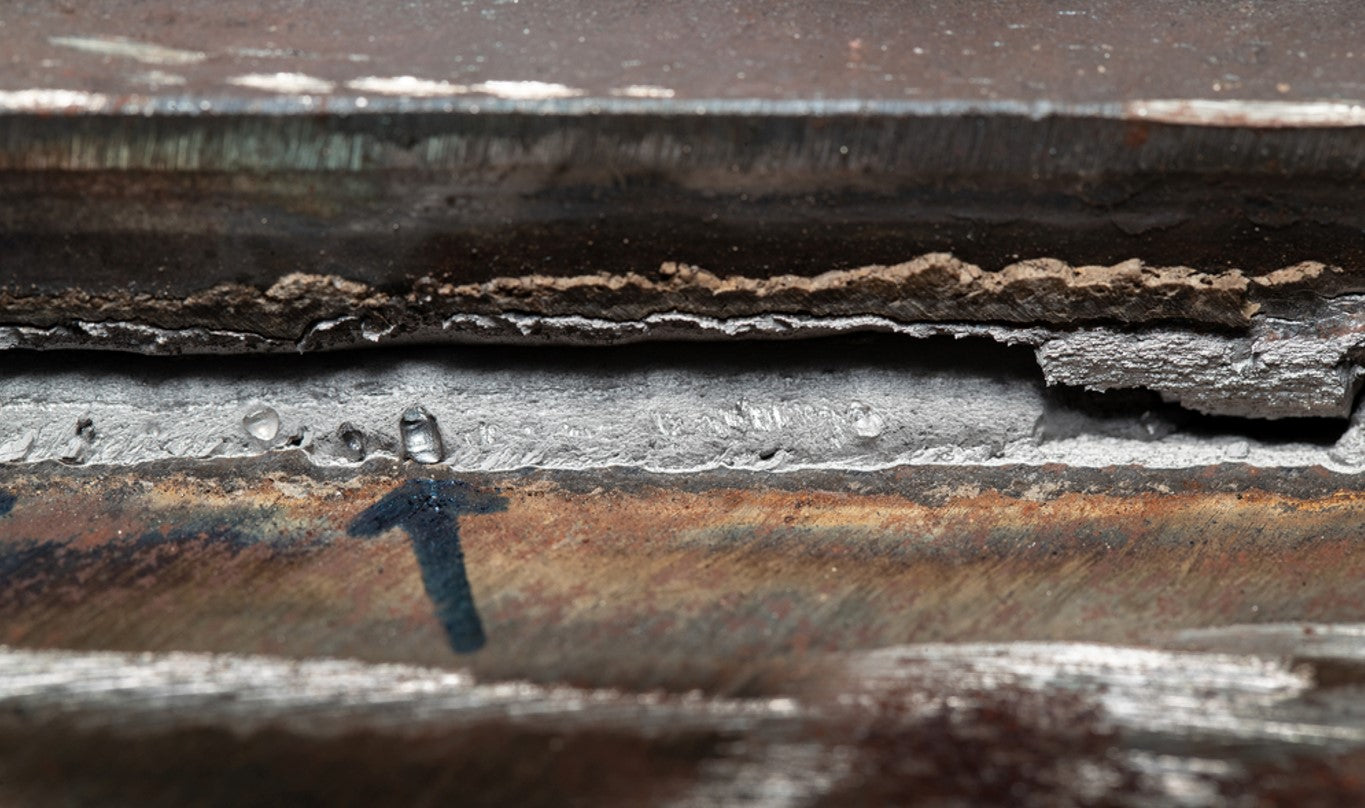Exactly How to Avoid Weld Undercut: Vital Tips for Welders
Exactly How to Avoid Weld Undercut: Vital Tips for Welders
Blog Article
Grasping the Art of Welding: Just How to Avoid Undercut Welding Issues for Flawless Construction Outcomes
By recognizing the root causes of undercut welding and executing efficient methods to avoid it, welders can boost their craft to brand-new degrees of quality. In the search of remarkable manufacture outcomes, grasping the art of welding to avoid undercut problems is not just a skill however a requirement for those aiming for perfection in their work.
Understanding Undercut Welding

To stop undercut welding, welders should make sure proper welding specifications, such as readjusting the current, voltage, traveling rate, and preserving the proper electrode angle. Additionally, utilizing the appropriate welding method for the details joint configuration is necessary. Employing weaving movements or backstepping methods can aid guarantee appropriate weld steel deposition and reduce the possibility of undercut development. Normal evaluation of welds throughout and after the welding process is also vital to capture any undercut early and make required modifications to stop additional flaws. Preventing weld undercut. By understanding the root causes of undercut welding and applying preventive steps, welders can accomplish top notch, structurally audio welds.
Reasons of Undercut in Welding
Understanding the aspects that add to undercut in welding is crucial for welders to produce high-grade, structurally sound welds. Insufficient welding current or inaccurate welding speed can likewise add to damage. Understanding these reasons and applying proper welding strategies can assist protect against damaging issues, making certain sturdy and solid welds.
Techniques to Stop Undercutting

To reduce the danger of damaging in welding, welders can use strategic welding techniques aimed at improving the top quality and honesty of the weld joints. One effective method is to change the welding specifications, such as voltage, present, and take a trip rate, to make certain correct warmth input and deposition. Maintaining a suitable electrode angle and ensuring consistent travel speed can also help protect against undercut. In addition, using the correct welding technique for the specific joint configuration, such as weave or stringer beads, can add to lowering damaging. Preventing weld undercut.
Utilizing back-step welding strategies and managing the weld grain profile can likewise aid distribute warm evenly and lessen the threat of undercut. Regular assessment of the weld joint during and after welding, as well as executing top quality see it here assurance procedures, can assist in addressing and finding damaging issues quickly.
Relevance of Proper Welding Specifications
Choosing and keeping appropriate welding parameters is necessary for attaining successful welds with minimal problems. Welding specifications describe variables such as voltage, existing, take a trip rate, electrode angle, and shielding gas flow rate that directly affect the welding process. These criteria must be thoroughly changed based upon the kind of product being bonded, its density, and the welding strategy used.
Correct welding parameters ensure the best amount of heat is put on melt the base metals helpful site and filler material uniformly. If the parameters are established expensive, it can bring about too much warmth input, creating distortion, spatter, or burn-through. On the other hand, if the parameters are also reduced, insufficient combination, lack of penetration, or damaging might occur.
Quality Assurance in Welding Operations

Verdict
Finally, grasping the art of welding requires a detailed understanding of undercut welding, its reasons, and techniques to stop it. By making certain appropriate welding parameters and applying quality control techniques, sites flawless manufacture outcomes can be accomplished. It is important for welders to continually pursue excellence in their welding procedures to avoid undercut problems and produce high-grade welds.
Undercut welding, a typical defect in welding procedures, takes place when the weld metal does not correctly load the groove and leaves a groove or anxiety along the bonded joint.To avoid undercut welding, welders need to guarantee correct welding parameters, such as changing the existing, voltage, travel rate, and keeping the appropriate electrode angle. Poor welding incorrect or current welding rate can also contribute to damage.To minimize the risk of damaging in welding, welders can use tactical welding methods intended at boosting the quality and stability of the weld joints.In verdict, mastering the art of welding needs a detailed understanding of undercut welding, its causes, and techniques to avoid it.
Report this page